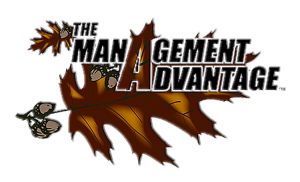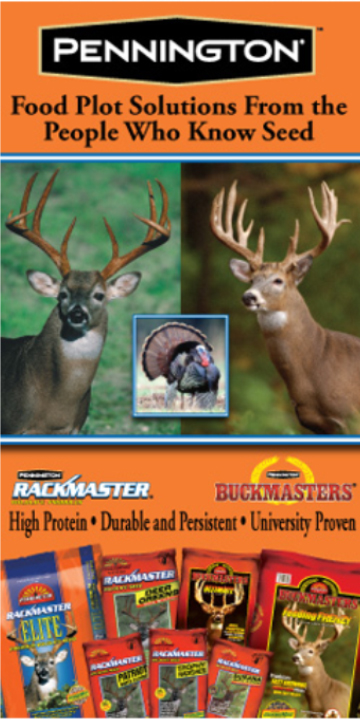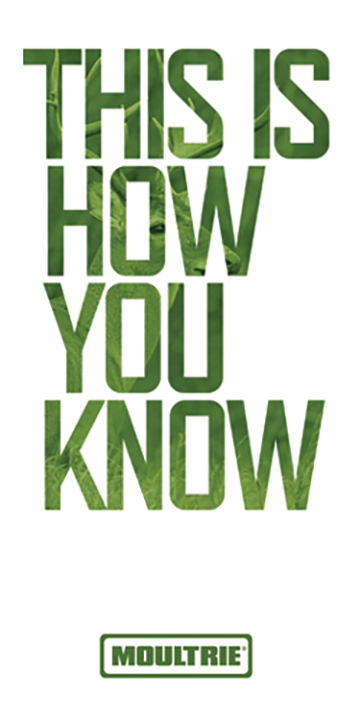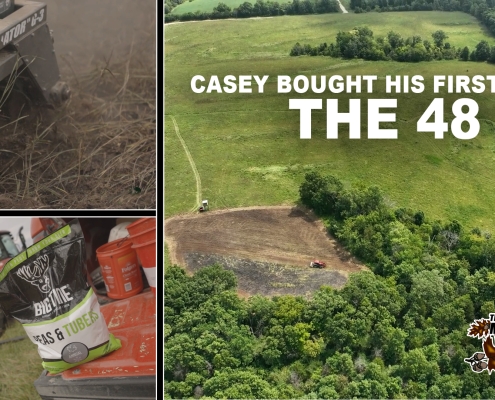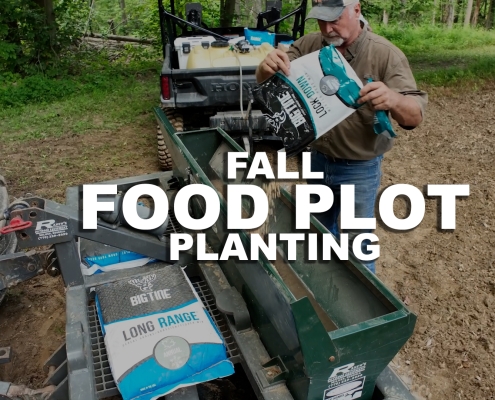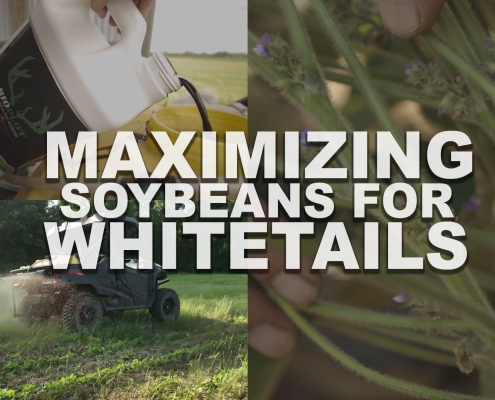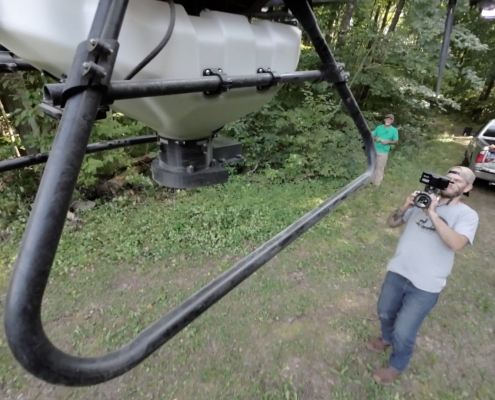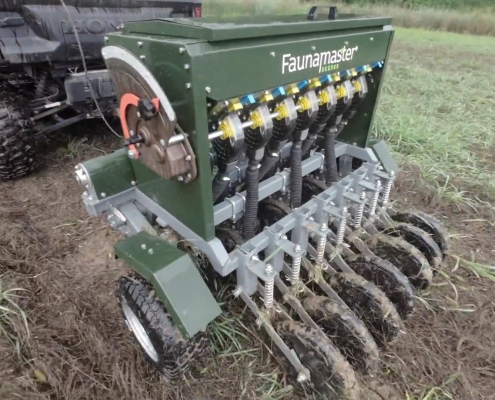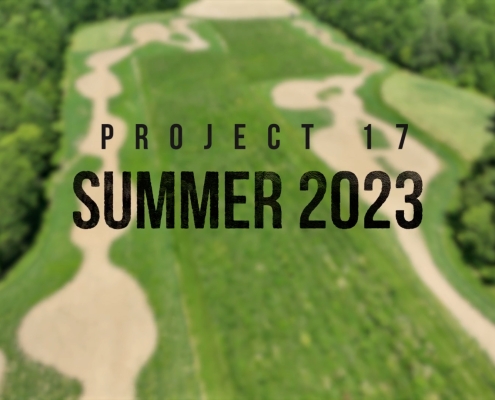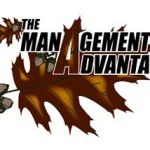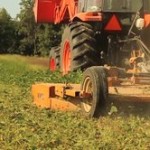Land Management
Land and wildlife management has been around since the beginning of time. It has been passed down from generation to generation and regardless of the fast paced life that we all live today, this exchange of knowledge still takes place. This week we introduce you to the newest members of the TMA family, Chase Burns.
Chase wears many hats. He is a father, a husband, QDMA Branch President, and broker for Illinois Land Company. Years ago, he and his wife made it a goal to purchase a piece of property. Just over 3 years ago, they were able to make their dream a reality and that’s when the work began. Starting a management plan on a new piece of property can be a scary task. There’s so much a land owner wants to do, but often budgets and time get in the way. The key is to not do too much at once. Upon purchasing the property, Chase assessed the habitat and developed a management plan to shape his property into the land he wanted it to be. His management projects are geared toward improving his property quickly as well as for the future.
Many types of management go into improving a property. On the Burns Farm, Chase has utilized timber stand improvement to eliminate unwanted trees, provide sunlight for desired trees, and create thicker cover for bedding areas. He has also planted mast producing trees and established warm season grasses in open areas to provide more cover and food. Controlled burns are a great way to management stands of warm season grasses, but careful planning is required. To control the fire, Chase is establishing firebreaks around the edges by using The Firminator to plant Pennington clover and chicory.
Through the wealth of knowledge provided by The Quality Deer Management Association and friends who manage their land, Chase has been able to begin improving the quality of his property. We, as land managers, share a common goal. The sharing of knowledge and resources such as equipment is something a land manager is often willing to do. If you’re looking to purchase a piece of property or improve your existing land, don’t be scared of the task at hand. Set both short and long term goals. Do what you can with time and money you have and most importantly share what you’re learning with friends and family to continue the heritage of land stewardship.
